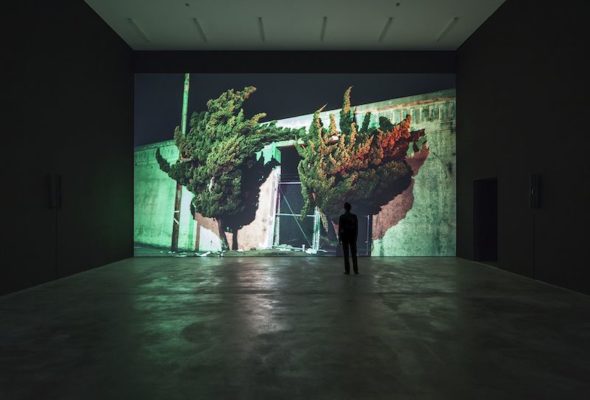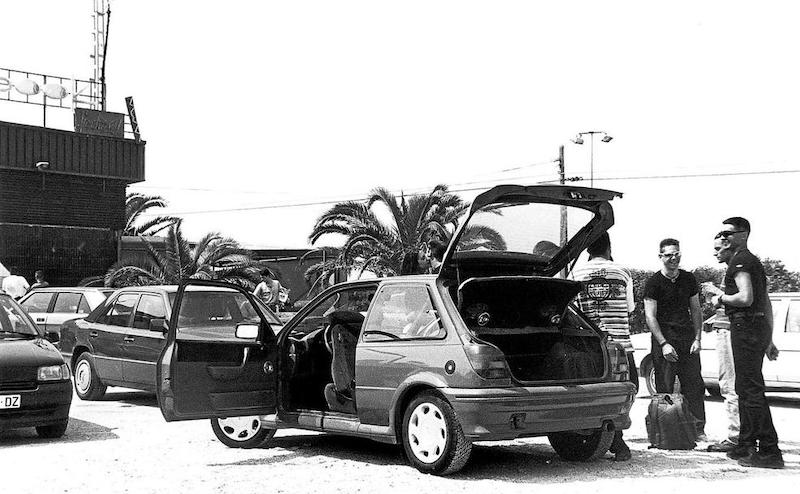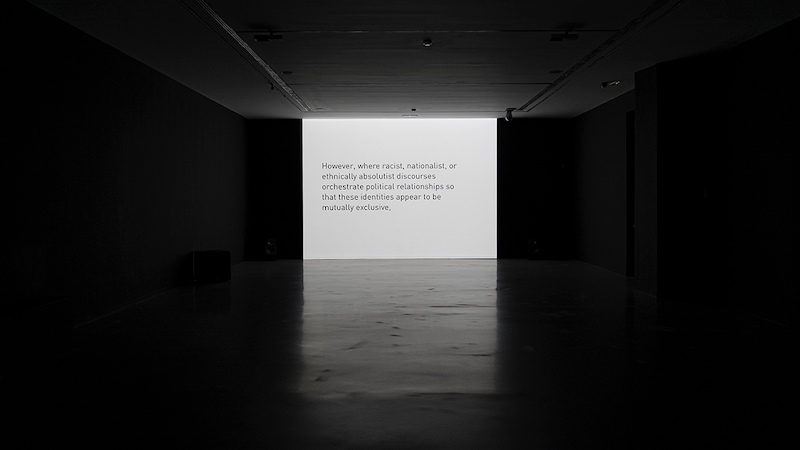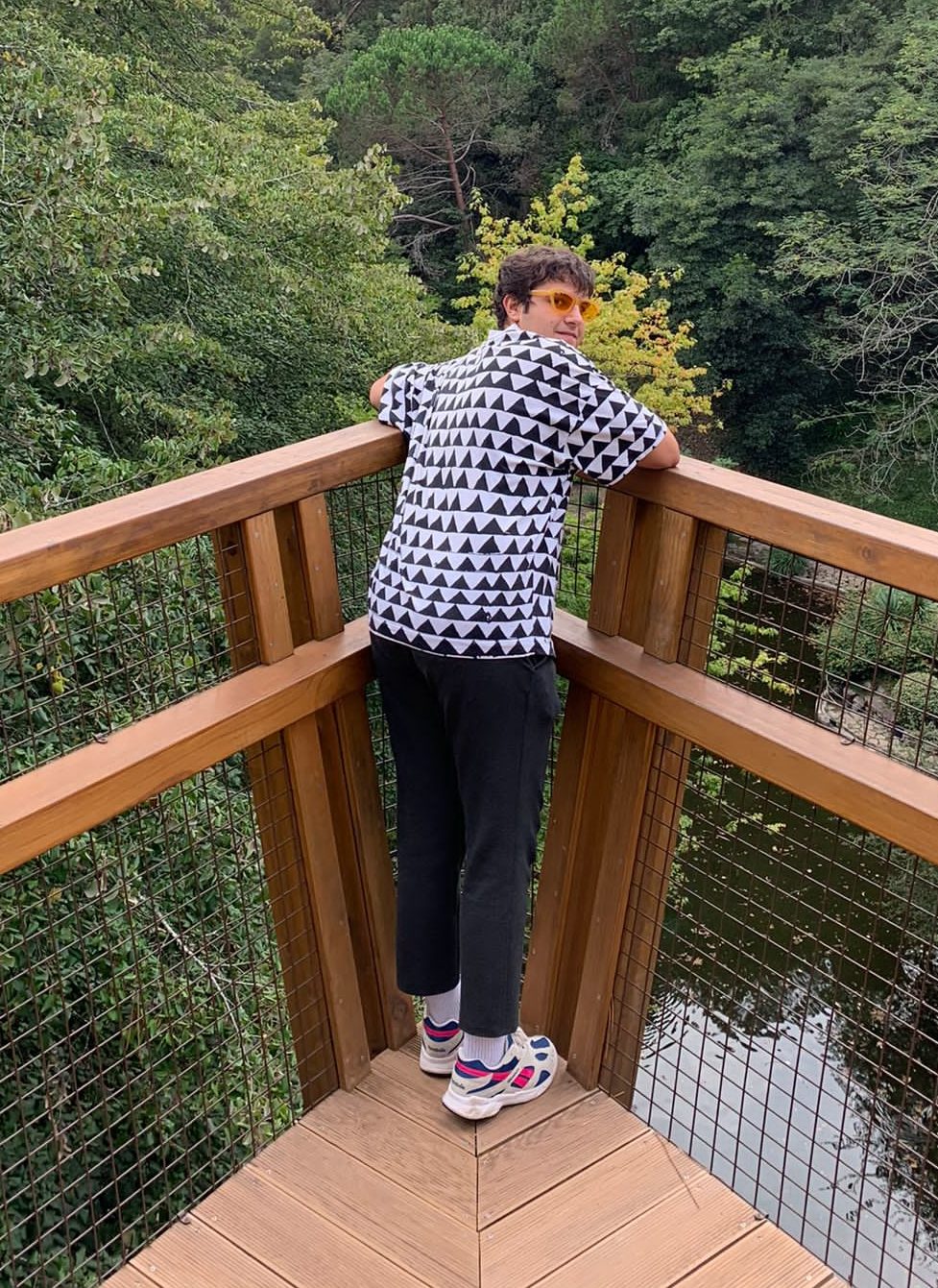Search
To search for an exact match, type the word or phrase you want in quotation marks.
A*DESK has been offering since 2002 contents about criticism and contemporary art. A*DESK has become consolidated thanks to all those who have believed in the project, all those who have followed us, debating, participating and collaborating. Many people have collaborated with A*DESK, and continue to do so. Their efforts, knowledge and belief in the project are what make it grow internationally. At A*DESK we have also generated work for over one hundred professionals in culture, from small collaborations with reviews and classes, to more prolonged and intense collaborations.
At A*DESK we believe in the need for free and universal access to culture and knowledge. We want to carry on being independent, remaining open to more ideas and opinions. If you believe in A*DESK, we need your backing to be able to continue. You can now participate in the project by supporting it. You can choose how much you want to contribute to the project.
You can decide how much you want to bring to the project.

According to Google Maps the distance between the emblematic Freiduría Embajadores 84 and La Casa Encendida is 5 minutes. Simply walk down the street towards the Embajadores traffic circle and cross it, heading towards the street of the same name, although the real time is 6 minutes, since the starting point is the exhibition You Got To Get In To Get Out (YGTGITGO). These parallel worlds cohabited during 2021, obeying very contradictory logics, although both were presented as a reaction to a model imposed by the market economy.
YGTGITGO, a research project curated by Sonia Fernández Pan and Carolina Jiménez, struggled to deconstruct the conventional vision of techno through a complete program. Meanwhile, just 500 meters away, the Freiduría Gallinejas, where all kinds of offal were prepared, faced the final stretch of its long life since 1955, feeding post-war Madrid.

La Freiduría Embajadores 84 celebrando las tradicionales Fiestas de San Isidro.
La Freiduría would represent the tradition, linked to nostalgia and in constant struggle against the changing times, trying to avoid (unsuccessfully) the onslaught of multinationals. As a counterbalance to this issue, the YGTGITGO exhibition inaugurates what could be considered a New Tradition. In fact, the curators speak of techno as a place where community is created, where oppressed origins are reclaimed, and where the linearity of time is broken through long dance sessions. The creation of such spaces would change the way of understanding social relations, leisure and culture, emptying the old concept of tradition and filling it with new contents.
The origins of what we now consider techno appear in the post-industrial context of the city of Detroit, where young blacks with a desire to produce music and few resources begin to use synthesizers to shape a musical genre that derives from acid jazz and house. Understanding it as a break with the internal logic of the black music of the moment. A mechanical sound that emanated from the decadence produced by the automation in the great automobile factories.
Techno is shown as a progressive element in every place where it lands, the creation of spaces where all orientations, races and classes are included, tolerated and encouraged; this is shown by Matthew Collin in his article The Night is Ours, belonging to the YGTGITGO exhibition.
This aspect had already been pointed out by Chimo Bayo, when he analyzed the Bakalao Route, showing it as a true cultural revolution that broke with the conception of work and a productive life, configuring a model of partying, values and mixture of classes that escaped the conventionalisms of Spain in the 80s.

Parkineo o Ágora delante de unos de los clubs más emblemáticos de la Ruta del Bakalao. Valencia, finales de los 80’.
It is not unreasonable to point out that the rave and dance culture is accentuated in the most individualized societies, as happened in Thatcher’s United Kingdom and in post-Soviet Germany. It is a genre that fosters a very personal vision of enjoyment, but one that is linked to a total respect and admiration for others. The vindication of the role of the irrational in the entire visit of the YGTGITGO exhibition blurs the boundaries between the ballroom and the exhibition. Exemplified by Cyprien Gaillard’s film Night Life, which, accompanied by the constantly repeating phrase I was born a loser from Alton Allis song, generates a state of mind that begins and ends in the room and becomes a totally immersive experience. The capital of the exhibition is not techno music as an object of study, but the scope it has had as an evocative element of social issues. And it is surprising how many artistic and social concepts can be extracted from a party and the adjacent communities.

Cyprien Gaillard, Night life, película en 3-D en la exposición YGTGITGO, La Casa Encendida
The New Tradition that is extracted is the presence of techno and electronic music as a fundamental pillar within the artistic spheres. The reactionary conception of techno as a space of laziness and self-destruction has been overthrown by the new generations and a whitening of the parties of this kind, leading to the fact that more and more artists and renowned venues are betting on the inclusion of this genre in their annual programs.
The exhibition is understood as an exemplification of generations that place clubbing as their agora and Soundcloud as their illustrated encyclopedia. The break with the traditional concept of party, showed young people from the 90s onwards why to fight or what to be inspired by, providing a tremendously current and analytical vision in the way of understanding the genre, inaugurating a New Tradition where techno appears as a dynamic element of artistic, social and cultural projects…
The work of art, as Rancière described it, must be ascribed to two regimes that, in the case of this exhibition, appear in an undeniable way. On the one hand, the regime of the aesthetic attracts us to interact with what is exhibited and to relate it to the music that sounds behind our backs, while the ethical regime is implicitly and explicitly present in each given representation. We can judge it rationally through aesthetics and identify it with our sensibility or our experiences, generating a very intimate knowledge about the matter.

Tony Cokes, Microhaus, or the black Atlantic?, ensayo sonoro en la expo YGTGITGO, La Casa Encendida
(Front image: Cyprien Gaillard, Night Life, film in 3-D, on the exhibition YGTGITGO, La Casa Encendida)

Santiago Concheiro. Between the limits where art ends and society begins… Or was it the other way around? Passionate about the Humanities and artistic proposals that lead to social change. Santiago Concheiro has a degree in International Relations and is currently finishing Art History.
"A desk is a dangerous place from which to watch the world" (John Le Carré)